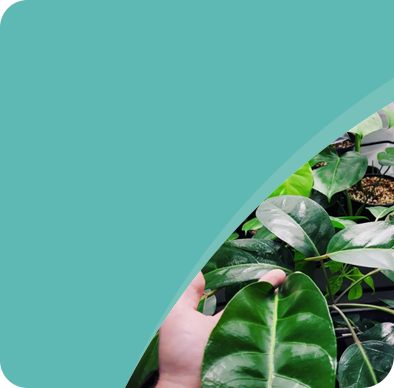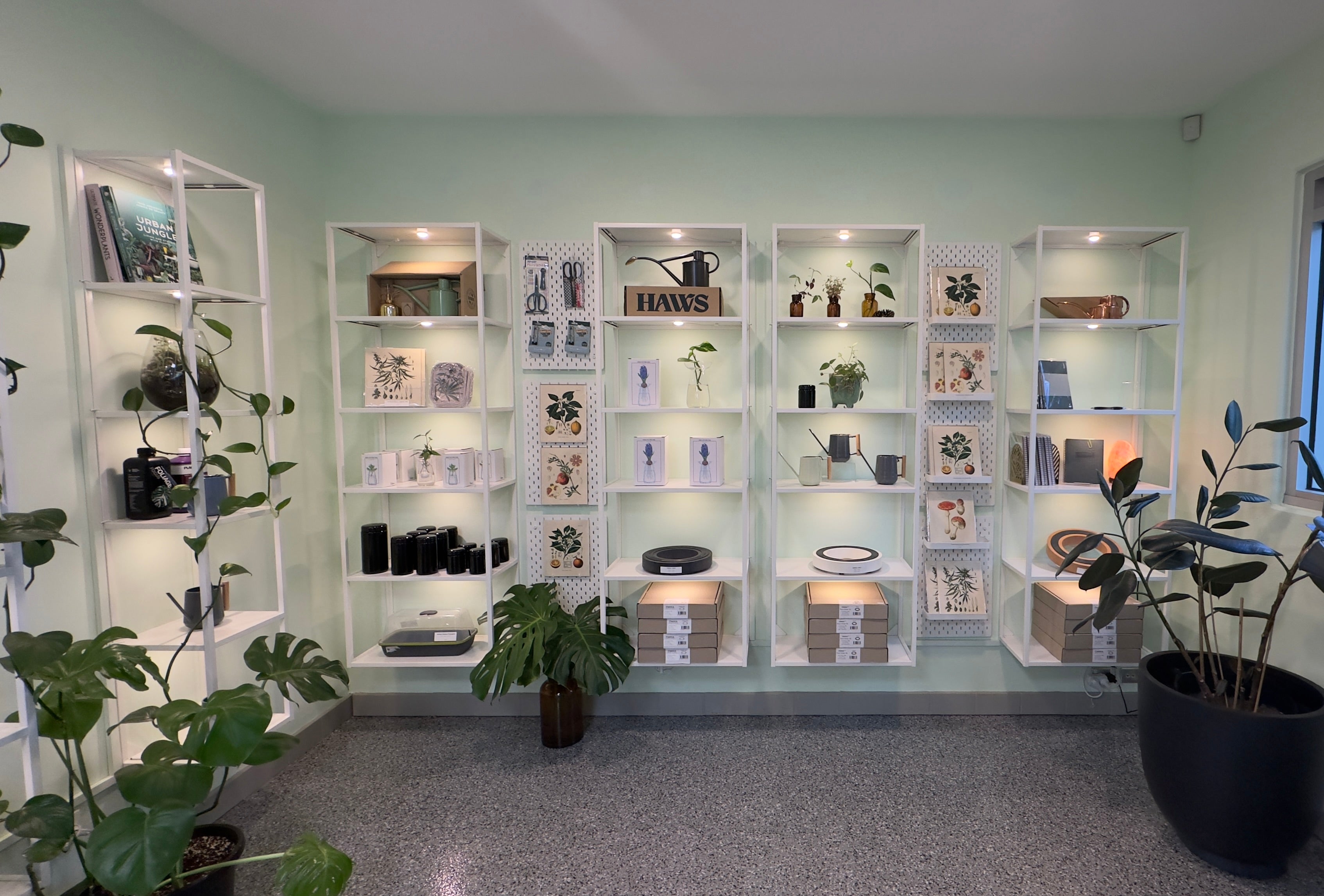This is a tutorial for growing in coco coir using hydroponic nutrients.
Many growers often have trouble in the transition phases from seedling to their final pot. Many novice growers will plant or germinate their seedling in their final, massive pot and wonder why they struggle so much throughout the first half of their grow.
This tutorial will help guide you through my personal process of transitioning through pot sizes from seed to harvest and transplanting best practices in creating rock solid roots and happy healthy plants.
Where novice growers go wrong
Many novice growers don't factor in their plants ability to consume water and nutrients relative to their current size. This is the main deciding factor of your pot size before you have reach your final pot. If you have a small plant in a large pot, you run the risk of water logging, pH drift, nutrient burn and algae growth in areas of the pot where roots are not present if the grower feeds or floods the whole pot.
If you drench a large pot with nutrient solution where roots are not present, the feed will not be consumed and will keep the coco coir damp and moist, which can lead to algae and pH drifting in this area over prolonged days, as the roots of your small plant will not be able to consume this feed in a suitable time. After some time of repeating this process, the saturated area of the pot that does not contain roots yet will end up accumulating nutrients to the point of exceeding a safe nutrient dose for the plants current capacity to absorb, resulting in a nutrient burn and potential nutrient lockout, thus accelerating further issues.
A way to combat this snowballing issue when using a small plant in a large pot, some growers will feed only the perceived region where their roots have grown to and keep the outer areas of the large pot dry until the plant grows out. While this can work to prevent the previously mentioned issues, it will not provide optimal root development as your roots will self-prune when they grow into dry medium.
I have personally found a much more effective way to develop a strong root zone is to limit your pot sizes and incrementally increase pot sizes as the plant grows and fills each pot.
AGH 'Root Brick' Method
The best results we've found for building a thriving, healthy root zone we call the 'root brick', starts at the moment we setup our pots.
Germinating from seed:
We start by mixing our coco coir medium with a great root microbial product, Mycoapply. You can either germinate your seedling in this mixture or germinate in a sponge/plug/rockwool using a humidity dome and then transplant your seedling into this first pot. If you are not planning on germinating in this first pot, skip to the next step 'Transplanting'. (For help on germinating, read the germination blogs)
Transplanting:
First you should determine the correct size pot for your plant. I aim to transplant into a pot where my plant would only take up 50% the diameter of and is solid in form, ie not a fabric pot.
Personally I find my best results come from using solid pots (plastic or ceramic) during the earlier stages and switch to a fabric pot for my final pot, to take advantage of air pruning root development, which I want to avoid in early vegetative growth.
Prepare your new pot by mixing your MycoApply with your coco coir medium. Once the medium has been mixed with this inoculant, I then fill up my new pot with my medium mix, compress the coco coir down to roughly 2/3 full, create a hole roughly the size of the incoming root block and sprinkle a small amount of MycoApply into the hole you have just created to let the bare roots sit directly onto the inoculant for fast action.

Image: The above image is how my roots look when transplanting out of my first pot. Yes, this was left much longer in this pot than it should normally be, but the roots shown are very healthy. Leaving your plants to become root bound can create further issues you want to avoid, a topic for our next tutorial.
Once the plant has been moved into its new pot home and filled in with remaining coco coir mixture to the top, we will then make up a mixture of a light nutrient mix to buffer the coco cation exchange capacity (CEC). This can be made up of a light calcium & magnesium supplement and or a base nutrient with cal-mag included. In this case, I always use HY-GEN's Humiboosta product along with a light dose of a base nutrient. Place the pot over a catch tray or drain and flood the pot, saturating the medium in your nutrient solution until runoff is pouring out the bottom, let the excess drain off, not letting the pot sit directly in this solution.
Once you've flooded your newly potted plant, its common to not have an uneven medium due to the flood, simply add more dried coco coir to the pot to fill in any holes and add a small amount more solution to wet the dry spots.
I will repeat this entire process each time I need to re-pot and transplant into a larger home, up until I reach my final fabric pot, which also goes through this same procedure.

Image: Here is my second transplant stage and how healthy my roots are. Once again this is an example of a plant that has been left in its pot longer than it should.
Most of my flowering or fruiting plants will have a final pot size of a 10 gallon (37 litre). For a 10gal/37L pot, I will use the following steps in pot sizes:
- Plug or 100mm/500ml pot >
- 1 Gallon/3.7litre pot >
- 3 Gallon/11 litre pot >
- 10 Gallon/37 litre fabric pot - final pot

The large jump from 3 to 10 gallon is not an issue as by this time, assuming you've given ample time to fill in your pots, you should have no issues with this leap as your plant should be in a state of hybrid vigour and growth should be at its highest rate, roots will find the edges of your final pot quicker than you may expect.
The above method can be adapted to any pot size, using similar steps between each pot, you can create root bricks in any sized pot with enough time and effort.
Light levels
The final piece of the puzzle that drives your root growth: light levels.
For healthy, vigorous root growth, you need a driving energy force, in this case, adequate light levels relevant to the plants size. It can be quite difficult to determine this number when you don't have accurate light measuring equipment such as Quantum Meters to measure your light output. In this tutorial I will stick to raw numbers to give you a precise idea of my method.
For optimal root growth, I aim to stick to these PAR light levels:
- Seedling: 100-200 PPF (100mm/500ml pot)
- Early vegetative: 200-300 PPF (1 gallon/3.7L pot)
- Vegetative: 300-400 PPF (3 gallon/11L pot)
- Vigorous vegetative: 400-500 PPF (10 gallon/37L pot)
How do you determine when to transplant?
The simple and easy way to determine this answer is by observing how quickly your pot is consumed by your plant. Once my plants are large enough to be fed daily, I will give my plants nutrient solution until run-off appears to drain out the bottom slightly each time. When I notice my pots are beginning to dry out slightly within a single day, it's time for a larger pot. This can be noticed when the top layer of coco slightly dry when I return the following day to feed, or by lifting your pot to feel the weight of it, as a dry 'empty' pot will feel significantly lighter than a well saturated 'full' pot will feel.
Conclusion:
If you follow simple methods like this, or have your own methods that work for you, maintaining a healthy plant, correct pot sizes relevant to your plant and adequate light levels, you will very likely have a strong healthy root zone for your plant.
#growwithus




